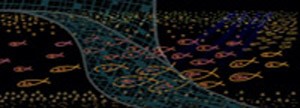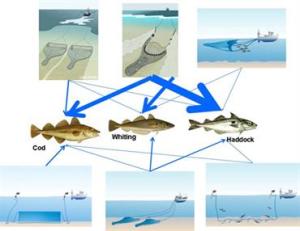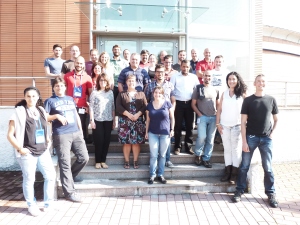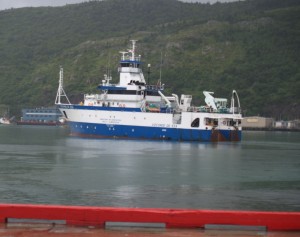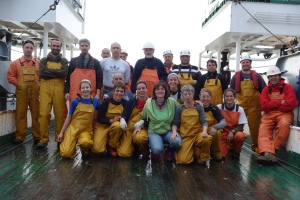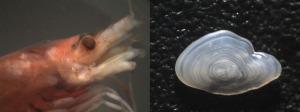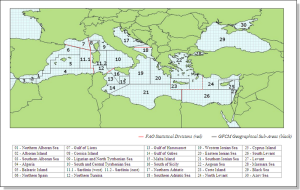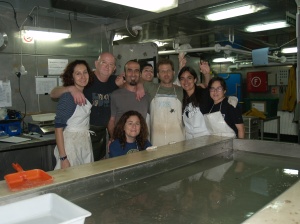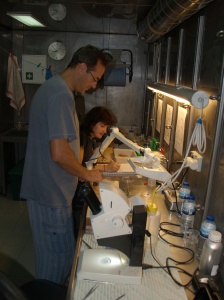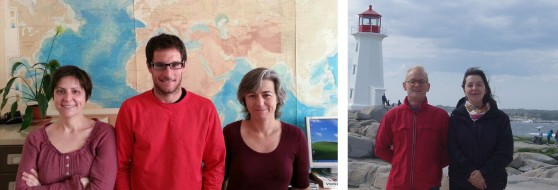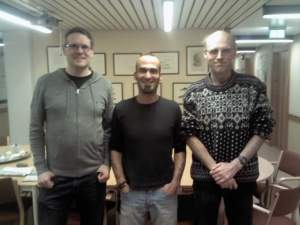From 18th to 27th of November took place the 7th WGESA (Working Group on Ecosystem Studies and Assessment) meeting, in the headquarter of NAFO in Halifax (Canada). This working group is co-chaired by Mariano Koen-Alonso from DFO-St. John´s and Andy Kenny, from CEFAS-Lowestoft.
The WGESA currently operates within a set of long term Themes and Terms of Reference that were approved by NAFO Scientific Council (SC) in June 2010 and will be systematically addressed by the group over several meetings.
Theme 1: Take stock of past and planned WGEAFM related work
ToR 1. Update on identification and mapping of sensitive species and habitats in the NAFO area.
Theme 2: Status and functioning of NAFO marine ecosystems (empirical evidence)
ToR 2. Synthesis of current understanding of the dynamics of Large Marine Ecosystems (LMEs) in the NAFO area.
ToR 3. Scope of Marine Protected Areas and VMEs in the context of habitat and spatial functioning.
Theme 3: Practical application (synthesising the evidence and theory)
ToR 4. Systems level modelling and assessment approaches.
ToR 5. Ecosystem indicators and how they can be used in management advice
ToR 6. Methods for the long-term monitoring of VME status and functioning.
These Themes and ToRs build on the “Roadmap for Developing an Ecosystem Approach to Fisheries for NAFO” proposed by WGEAFM in its 2nd meeting (Vigo, 1-5 February 2010). In addition, WGEAFM also provides guidance to SC on specific ecosystem-related issues and requests from Fisheries Commission.
Multispecies modelling are among the key components of the WGESA roadmap, to be developed for an ecosystem approach to fisheries management.
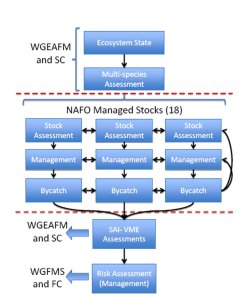
Schematic representation of a possible structure to develop Fisheries Assessments in NAFO proposed by the WGESA in its 4th meeting, 2011
One of the main motivations of GADCAP is the need of multispecies models in this roadmap and hence, participation in this WG is one of the main milestones. GADCAP was presented during this meeting, with detailed description of Gadget, databases employed, participant institutions and monospecies models structure up to date. Feedback from WG participants was of great utility, and the results from estimates of total Ecosystem and Fisheries Production Potential (EPP and FPP respectively) seems promising. In the coming years, results from EPP and FPP estimates, as well as Ecosystem Production Units (EPU) delineation, will be merged with results from multispecies models, as the one that will be produced with GADCAP project.
Report of WGESA 2013: Report_WGESA_2013
